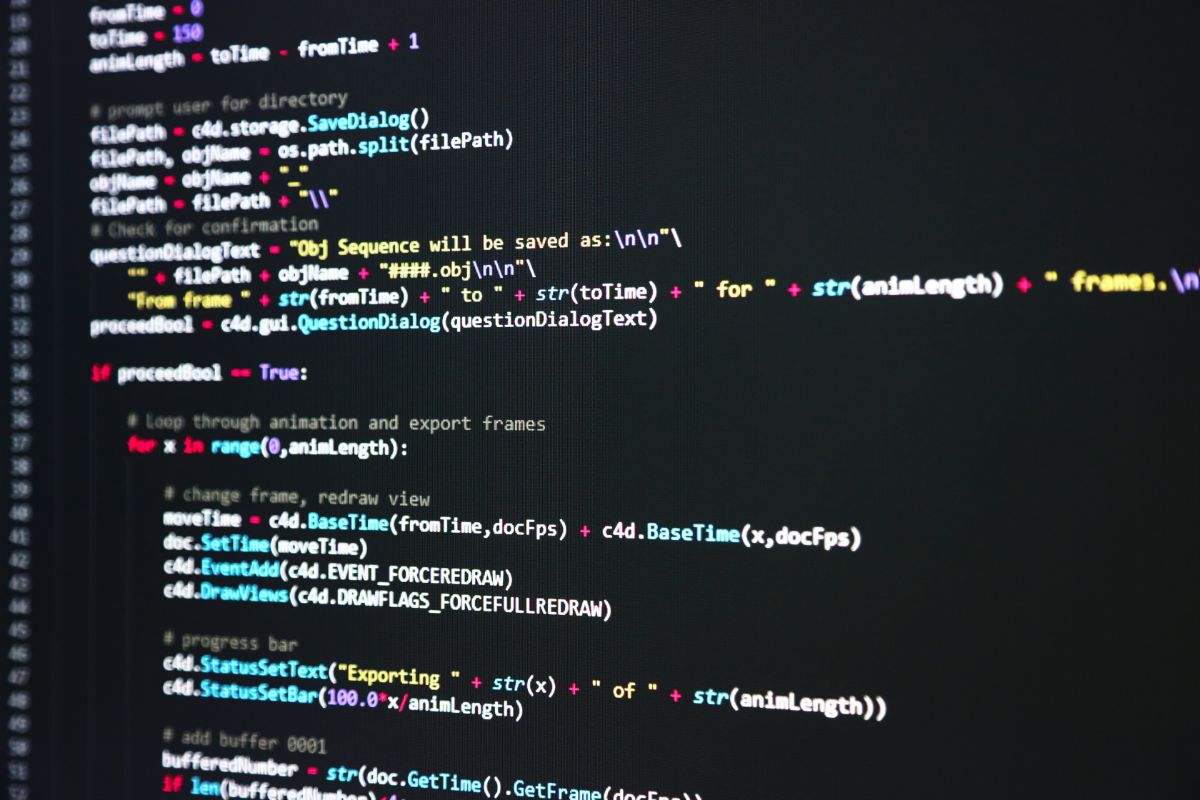With how much more important learning and developing Artificial Intelligence (or just AI) has become, a much more accessible topic to get into on a personal level.

The growth of deep learning has also led to Tensorflow growing in popularity.
If you have not heard of Tensorflow, this is an open-source AI library, and the service lets you build models using the data flow graphs it uses.
So, if you are looking to go into a career that is related to AI, then learning how to use Tensorflow, and deep learning is incredibly useful.
However, going into Tensorflow completely blind can be incredibly intimidating, and there is plenty of information that you should know before starting.
That is what this article is dedicated to teaching about, so keep reading!
What Should You Know Before Starting Tensorflow
Before you actually start working with Tensorflow, you should be aware how much you should know before you start working with it.
The best place to start is that you will need to have a good amount of knowledge when it comes to programming language, with Python being preferable.
You will also want to ensure that you have a good base knowledge of machine learning, this will make sure you can understand the case and the examples on Tensorflow.
You will also want to know about deep learning as well as the associated libraries.
Because of this amount of prerequisite knowledge needed, the upcoming sections of this guide will give you pointers on how to get informed so you can work with Tensorflow!
What Is Deep Learning?
If you have never heard of it before, deep learning is a subsection of machine learning. This specific subset revolves around structures as well as functions in a way that mimics the brain we have.
Deep learning is concerned with learning data that will usually be unstructured, it will then use a complex algorithm to train a neural network.
These neural networks are very commonly used for deep learning, and this learning is usually based around AI.
The AI is used to train a network, then these networks will be able to do tasks like recognizing text, images, voices, and numbers.
This is different from a standard type of machine learning, the reason for this is that the data used here is much more complex, as well as being varied and unstructured.
A good example of this is how images, text files, and audio are used.
As mentioned, a core component of this deep learning is using neural networks and these are key to deep learning working as it does.
In these neural networks there will be an input layer, as well as an output layer, and then the layer that connects the two.
On top of this there are some hidden layers as well. To define a deep neural network that is used in deep learning, this is one that will have more than a single hidden layer.
To understand how deep learning works, you will need to understand how these different layers work.
The input layer for example is the layer that is tasked with accepting a large amount of data which is inputted to the neural network, in whatever varied format used.
Then there is the hidden layer, this will be processing the data through using complex computations which are carried out using feature extraction.
Hidden layers have biases and weights that will need to be regularly updated. Once the hidden layer has finished its computations it will be able to pass the values onto the output layer.
Then this output layer will be generating the predicted output by using a variety of activation functions which could be either a categorical or numerical value.
What Actually Is Tensorflow?
As mentioned in the introduction Tensorflow is a library that has been developed by Google to store deep learning software and applications and it is open source.
However, Tensorflow is not just limited to deep learning and it is also capable of supporting traditional style machine learning as well making it a versatile tool to work with.
The reasons Tensorflow was originally developed was to work on larger numerical computations and deep learning was not really kept in mind.
However, after it launched it was proven to be a useful tool when it came to the development of deep learning, and this is why Google eventually made it open source.
Tensorflow is able to accept data through multi dimensional arrays, and these multi dimensional arrays are composed of higher dimensions and these are called tensors.
This format is incredibly useful since a multi dimensional array is able to handle a large amount of data efficiently. Tensorflow is designed to work with data flow graphs that are built from edges and nodes.
On top of this is the execution mechanism which is built from graphs which makes it much more simple to execute the code which is distributed through clusters of the computers by using GPUs.
Tensorflow’s History
Tensorflow has been public since 2015, however the first properly stable version was made available in early 2017.
The service has been consistently maintained through Google, and since 2017 it has become increasingly popular in its use as a framework for machine learning, but more often, deep learning.
The library is built for larger scale machine learning, and was built with numerical computation in mind. There are also some more specific milestones that have been achieved on Tensorflow.
For example, in December 2017 Kubeflow was released on Tensorflow. Then in March of the next year Tensorflow 1.0 released which focused on machine learning with JavaScript.
Then in January 2019 the next version of Tensorflow was released which added more significant components.
And later in 2019 Tensorflow Graphics launched with a focus on deep learning with computer graphics.
Why Is Tensorflow Popular?
Part of the reason why Tensorflow is so popular is that it offers the API of both Python and C++.

Before libraries were being developed, coding mechanisms for machine and deep learning was significantly more difficult.
Because a library like Tensorflow offers higher level APIs and a neural network that does not make you work with complex coding, or programming a neuron, Tensorflow managed to gain traction.
Also, Tensorflow does not just support computing devices that are CPUs or GPUs, but instead supports both.
Because deep learning can be so complicated, and the process of training for it needs a lot of awkward computation, having Tensorflow to help made a big difference.
Because of how much data size is needed, as well as matrix multiplication and calculations, these are usually limited to a CPU, but Tensorflow can use GPUs as well.
These graphical processors are usually used in games where you need to have a high resolution.
Tensorflow also has a much faster time for compilation when compared to different deep learning services like Torch or Keras.
Summary
Hopefully this guide has given you some more insight into how deep learning works on Tensorflow and why Tensorflow and deep learning are so intertwined.
There is a lot more to learn about this service, but hopefully this guide has given you the tools to get started!
- Who Is Hubspot Marketing Hub Biggest Competitors & Alternatives? - August 28, 2023
- Why Is AI Booming In The Workplace At The Moment? - August 21, 2023
- Why TensorFlow Is So Popular (Here Are 5 Reasons Why) - August 7, 2023








